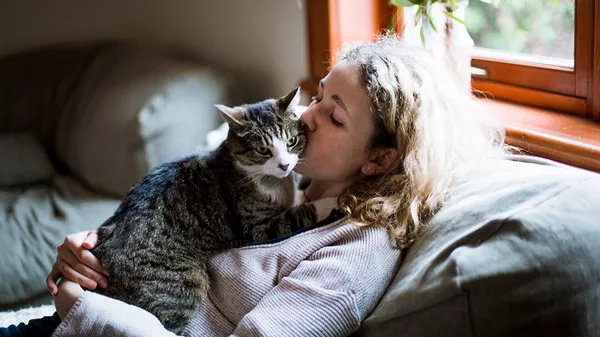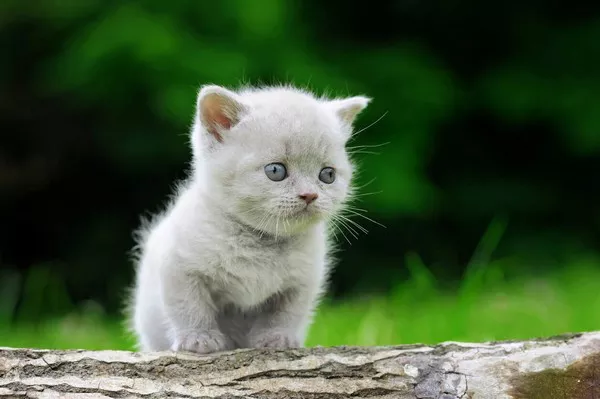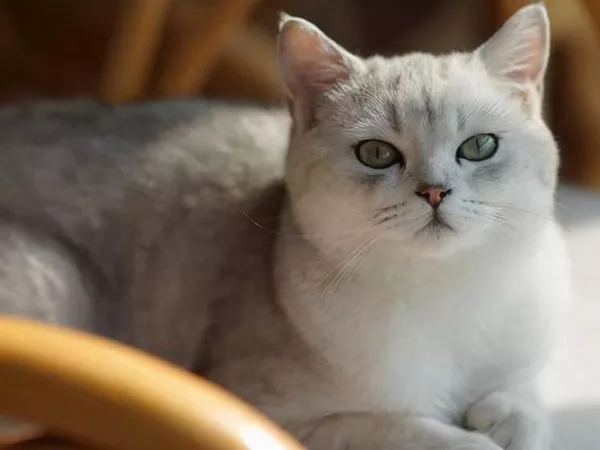Himalayan cats, known for their striking appearance and distinct personalities, are a beloved breed among cat enthusiasts. This article delves into the unique physical characteristics, habits, health conditions, and dietary needs of these fascinating felines, providing a comprehensive guide for current and prospective Himalayan cat owners.
Physical Characteristics of Himalayan Cats
Himalayan cats are medium to large-sized cats with a robust, sturdy build. They have a distinctive appearance that combines the elegance of the Siamese with the roundness and fluffiness of the Persian.
Body Structure and Size
Himalayans have a solid, well-muscled body, often described as “cobby,” with a broad chest, short legs, and a thick neck. Adult males typically weigh between 9 to 14 pounds, while females are slightly lighter, ranging from 7 to 11 pounds. Despite their sturdy build, Himalayans are agile and graceful.
Coat and Color Patterns
One of the most notable features of the Himalayan cat is its luxurious coat. Their fur is long, thick, and silky, requiring regular grooming to prevent matting and tangling. The color points on a Himalayan are similar to those of a Siamese, featuring darker colors on the ears, face, paws, and tail. Common color points include seal, blue, chocolate, lilac, red, cream, and various tabby and tortoiseshell patterns.
Eye Color
Himalayan cats are renowned for their stunning blue eyes, which are large, round, and expressive. The intensity of the blue color can vary but is generally a vivid, captivating shade.
What Makes Their Facial Features Unique?
Himalayans have a distinct facial structure that sets them apart from other breeds.
Head Shape
The head of a Himalayan is round with a short, snub nose. This breed has a well-defined “flat” face, a trait inherited from their Persian ancestors. The forehead, nose, and chin are in a vertical alignment, giving them a unique profile.
Ears and Eyes
Their ears are small, rounded, and set wide apart, complementing their overall round face. The eyes are large and round, enhancing their expressive and endearing look.
Behavioral Traits and Habits of Himalayan Cats
Himalayan cats are known for their calm, gentle demeanor and affectionate nature. They thrive on human companionship and are often described as being very loyal and loving pets.
Affection and Social Interaction
Himalayans are typically very affectionate and enjoy being in the company of their human family members. They are often seen following their owners around the house, seeking attention and cuddles. Despite their affectionate nature, they are not overly demanding and are content to lounge around when their owners are busy.
Playfulness
While they may not be as high-energy as some other breeds, Himalayans do enjoy playtime. They have a playful streak and enjoy interactive toys, feather wands, and laser pointers. Their playfulness is often balanced with periods of relaxation and napping.
How Do They Interact with Other Pets?
Himalayan cats generally get along well with other pets, including dogs and other cats, particularly if they are introduced properly and socialized from a young age.
Socialization
Early socialization is key to ensuring a Himalayan cat integrates well with other animals. They are naturally sociable and can form strong bonds with their furry companions, making them great additions to multi-pet households.
Territorial Behavior
While they are friendly, Himalayans can be somewhat territorial. Providing them with their own space and resources, such as separate feeding areas and litter boxes, can help prevent any potential territorial disputes.
Health Conditions Common in Himalayan Cats
Like all breeds, Himalayan cats are prone to certain health conditions. Being aware of these potential issues can help owners take proactive measures to ensure their cat’s well-being.
Respiratory Problems
Due to their flat faces (brachycephalic structure), Himalayan cats are susceptible to respiratory issues. This can include difficulty breathing, snoring, and susceptibility to upper respiratory infections. Regular veterinary check-ups can help manage and monitor these conditions.
Polycystic Kidney Disease (PKD)
PKD is a genetic condition that is common in Persian and Persian-derived breeds, including Himalayans. This disease causes cysts to form in the kidneys, leading to renal dysfunction over time. Genetic testing and regular kidney function monitoring are crucial for early detection and management.
Dental Issues
Himalayan cats can be prone to dental problems, including gingivitis and periodontal disease. Regular dental check-ups and good oral hygiene practices, such as brushing their teeth, can help maintain their dental health.
How to Maintain Their Health?
Maintaining the health of a Himalayan cat involves a combination of regular veterinary care, a balanced diet, and attentive grooming practices.
Regular Vet Visits
Routine veterinary check-ups are essential for early detection and prevention of health issues. Vaccinations, parasite control, and dental exams should be part of their regular healthcare routine.
Diet and Nutrition
Feeding a high-quality diet that meets their nutritional needs is vital. Himalayans can be prone to obesity, so portion control and a balanced diet are important to maintain a healthy weight.
Dietary Needs and Eating Habits of Himalayan Cats
A balanced diet for a Himalayan cat should provide all the essential nutrients required for their overall health and well-being.
See Also: Do Himalayan Cats Shed?
Protein
Cats are obligate carnivores, meaning they require a diet high in animal protein. High-quality commercial cat foods, both wet and dry, that list meat as the primary ingredient are ideal. Protein supports muscle development and overall health.
Fats
Fats are a crucial part of a cat’s diet, providing energy and supporting skin and coat health. Look for foods with healthy fat sources, such as chicken fat or fish oil.
Vitamins and Minerals
A well-rounded diet should include essential vitamins and minerals. Taurine, an amino acid found in animal tissues, is particularly important for heart and eye health in cats. Calcium, phosphorus, and other vitamins and minerals support overall health.
How Often Should They Be Fed?
Feeding frequency can vary depending on the cat’s age, health status, and individual needs.
Kittens
Kittens require more frequent feeding schedules due to their rapid growth and high energy needs. They should be fed three to four times a day until they are around six months old.
Adults
Adult Himalayan cats typically do well with two meals per day. Portion control is important to prevent obesity. Monitoring their weight and adjusting portions as necessary is key.
Seniors
Senior cats may require special diets to manage age-related health issues. Feeding them smaller, more frequent meals can help with digestion and maintain their energy levels.
See Also: What Does a Himalayan Cat Look Like?
What are the Best Feeding Practices?
Implementing good feeding practices can contribute significantly to the health and happiness of a Himalayan cat.
Consistent Feeding Schedule
Maintaining a consistent feeding schedule helps regulate their digestion and prevents overeating. Feeding them at the same times each day also creates a routine that can be comforting for the cat.
Fresh Water Availability
Always provide fresh, clean water. Hydration is crucial for their overall health, especially for preventing urinary issues which can be common in cats.
Avoiding Overfeeding
Overfeeding can lead to obesity, which in turn can cause a range of health issues. Measuring their food and sticking to recommended portions can help keep them at a healthy weight.
Conclusion
Himalayan cats are a unique and charming breed, known for their beautiful appearance, gentle temperament, and affectionate nature. Understanding their physical characteristics, behavioral traits, common health issues, and dietary needs can help ensure that these delightful cats lead healthy, happy lives. Regular veterinary care, proper grooming, a balanced diet, and a loving environment are key to maintaining their well-being. For anyone considering adding a Himalayan cat to their family, being well-informed and prepared will make the experience rewarding for both the cat and the owner.
Related Topics:


























